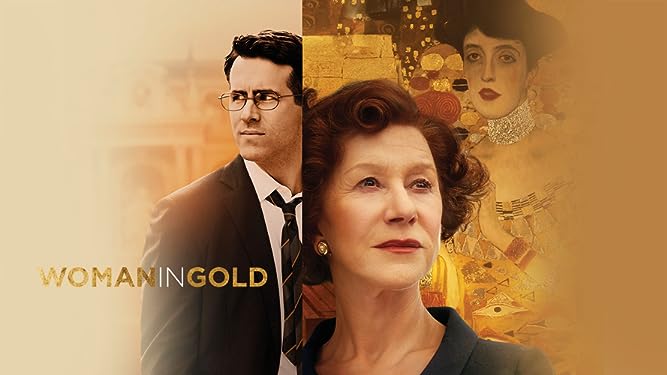Ever since individuals began cohabitating, political tensions have persistently plagued societies. One event that profoundly impacted humanity and affected the entire world was the world war, considered one of the worst events in history. The Nazis, a faction of fascists, disregarded fundamental human ethics and resulted in extensive devastation across various regions. Art was not exempt from being constrained by strong beliefs or ideas. The film centres around the portrayal of Gustav Klimt’s well-known artistic masterpiece, Portrait of Adele Bloch-Bauer I. It is Austria’s most famous painting to certain people, and keeping this astounding artwork within the country holds significant value for them as it evokes a strong sense of pride.
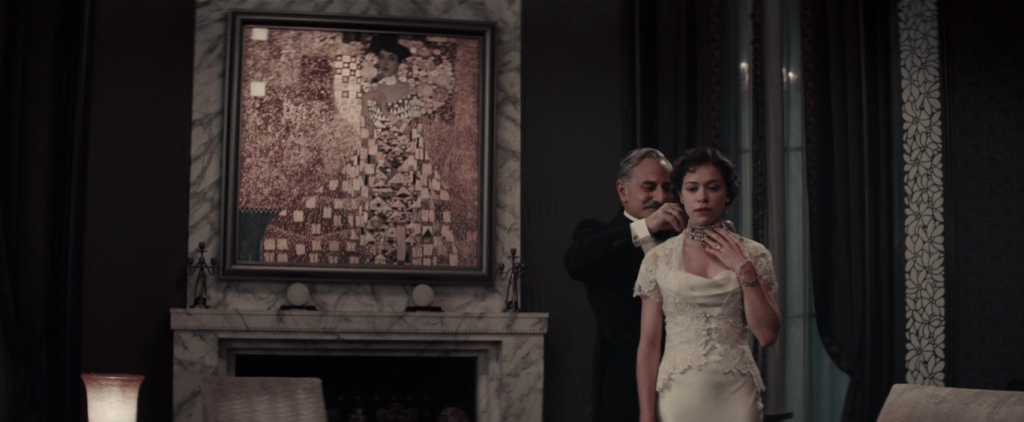
Maria Altmann, portrayed by Helen Mirren, plays a crucial role in carrying the film forward. Proud of her Austrian-Jewish heritage, Maria is an older woman who cherishes her roots. California is where she currently lives after running away from the Nazis. After her sister’s death, Maria attended the 1998 funeral and was prompted to reflect on events from her earlier years. The theft of a precious painting by the Nazis from her family six decades ago led her to adopt the resolve to engage in an arduous legal fight in its pursuit. There is a clear manifestation of Maria’s profound connection to the painting and her nostalgic memories of Austria. The ability to move back and forth between the past and present amplifies her sense of connection and adoration for her previous life. The painting was specifically commissioned and financially supported by Henry Goodman, a renowned actor and affluent entrepreneur. After being wrongfully seized by the German authorities, the image came into the possession of Bruno Grimschitz, an individual affiliated with the Belvedere Museum, in 1941. The film showcases Bruno Grimschitz as one of the antagonists who find amusement in ridiculing his name. After over five decades, Altmann, currently residing in Los Angeles, seeks to retrieve what was originally hers. Mirren portrays the character, speaking with a subtle accent and displaying great attention to detail. Despite her efforts, the odds are against her success as Austria has resolved to return stolen artwork to its legitimate owners. Similar to how the Mona Lisa is revered internationally, this particular artwork has achieved comparable fame in Austria. The conflict is not very compelling and is primarily concerned with who retains the painting; however, it lacks appeal as it overlooks significant aspects, like the character’s internal turmoil, in-depth.
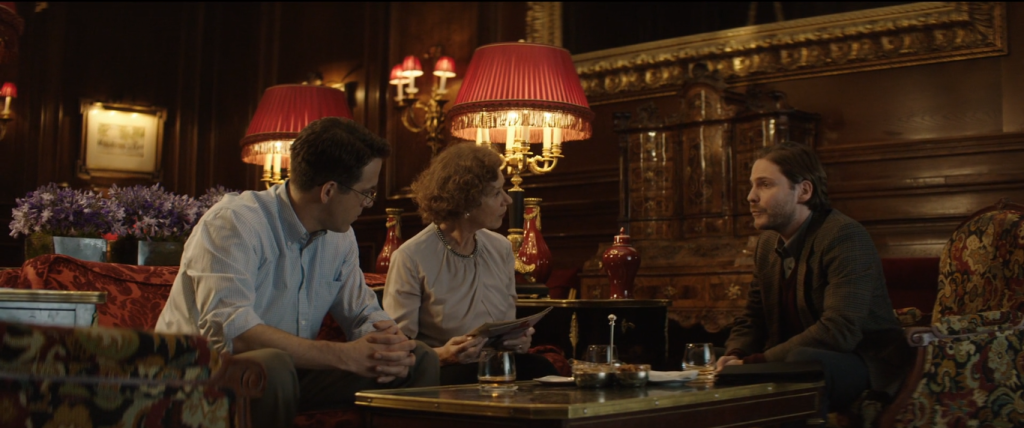
When writing about historical biographies, it is essential to exercise carefulness and sensitivity. The absence of proper completion may lead to considerable confusion and chaos. The ending of this film is subpar, and its narrative lacks a sense of mastery. Initially, the concept of advocating for righteousness appears insignificant. Discovering the truth that spans across borders feels like a straightforward voyage. Bureaucrats have not apprehended us thus far while we meticulously devise a flawless plan to repatriate the Mona Lisa of Austria. The historical settings were visually stunning, and the skilful manipulation of time and space added to their brilliance. It is fascinating how they switch between various periods featuring Maria in the same place.
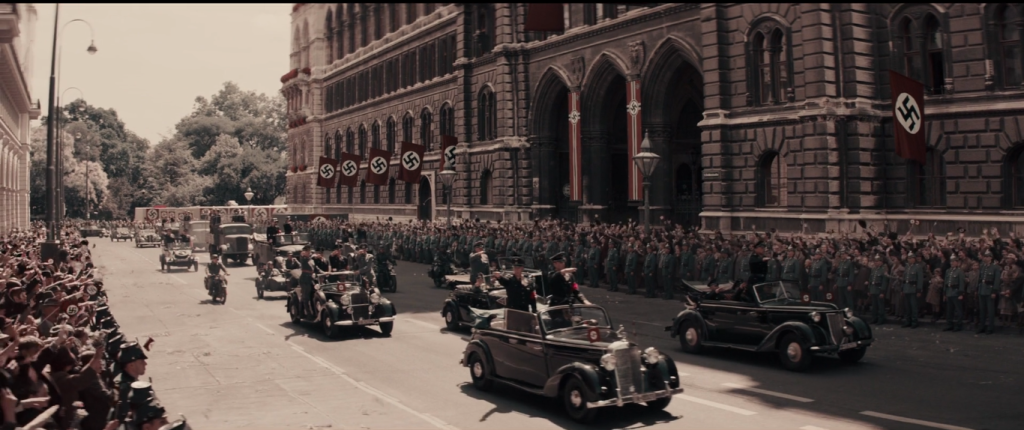
Altmann relied on her familial ties to find an attorney named Randy Schoenberg. Ryan Reynolds’ portrayal of Randy doesn’t fit well with the role. The person in question is the descendant of Arnold Schoenberg, a Jewish composer whose music was deemed unacceptable by the Nazis. Using Arnold’s music moderately would have made it a more appropriate selection for the film’s soundtrack. Given his inexperience and insufficient precedents, the young Schoenberg might be ill-equipped to tackle such a complicated case. Despite Campbell’s screenplay delving into the legal aspects of Altmann’s claim, the overall focus of the film centres more on the embodiment of a grander concept of justice. Moreover, Schoenberg has the added pressure and challenges of his wife’s pregnancy.
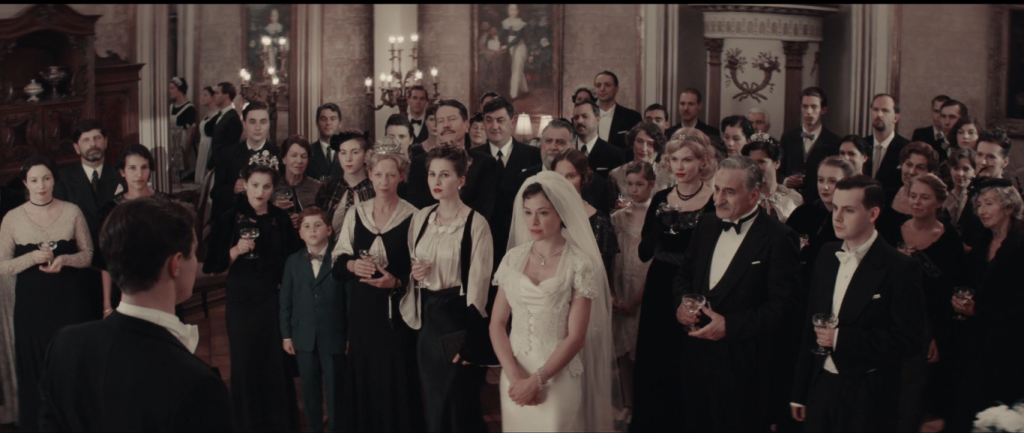
Filled with clichés likely to satisfy many but potentially irritate the sceptical, the film’s script intertwines various narratives of Maria’s significant legal case aimed at assisting Jewish descendants. Furthermore, the enchanting visuals capturing the essence of Vienna’s streets, architecture, and indoor spaces serve as a pleasant distraction from a couple of inadequate acting decisions, an excessive interference faced by Maria, and a relatively uninteresting escape sequence. I would like to touch upon the editing techniques that truly captivate individuals. In film editing, there are two contrasting techniques: the first one utilises quick cuts during pursuit scenes, which are not particularly impressive, whereas the second approach employs a more polished and understated method, ensuring that viewers are fully immersed in the storyline.
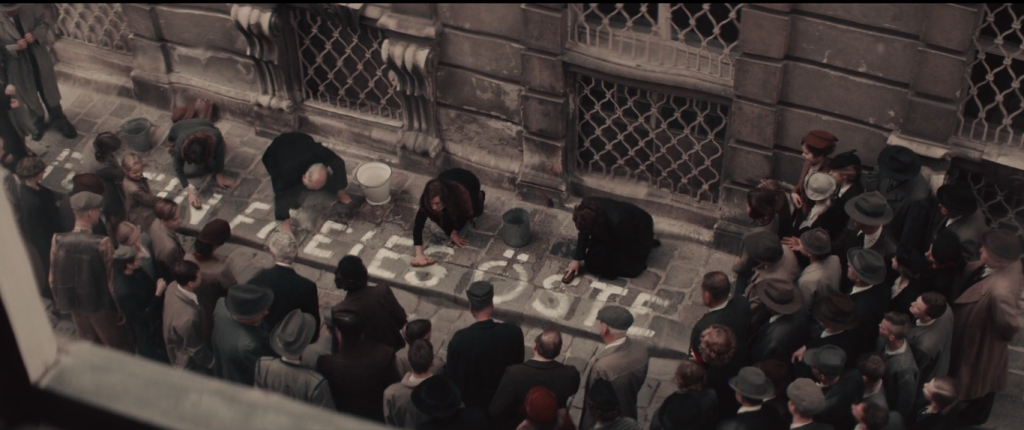
One aspect of fairness in the film lies in its skilful depiction of the brutal treatment endured by Jews at the hands of Austrians during the 1930s, presented intensely and dramatically. Completely divergent from the incredibly vibrant and intense modern videos. In his portrayal, Curtis illustrates the exuberant receptions in Vienna, demonstrating how the city’s residents welcomed the Nazis with great enthusiasm. The image he portrayed was of Jewish families being required to clean the pavements and kneel in silence while boisterous onlookers revelled in their humiliation. Showcasing the aftermath of a nation’s past tolerance for unfair racial discrimination, the film presents the majority of Austrians as morally flawed, save for two protagonists. Hubertus Czernin assists the main character in the present, while the compassionate washerwoman aids her in evading a Nazi officer in the distant past. The cruelty prevailing in German society is emphasised in the film, while English is depicted as the language representing freedom for Altmann.
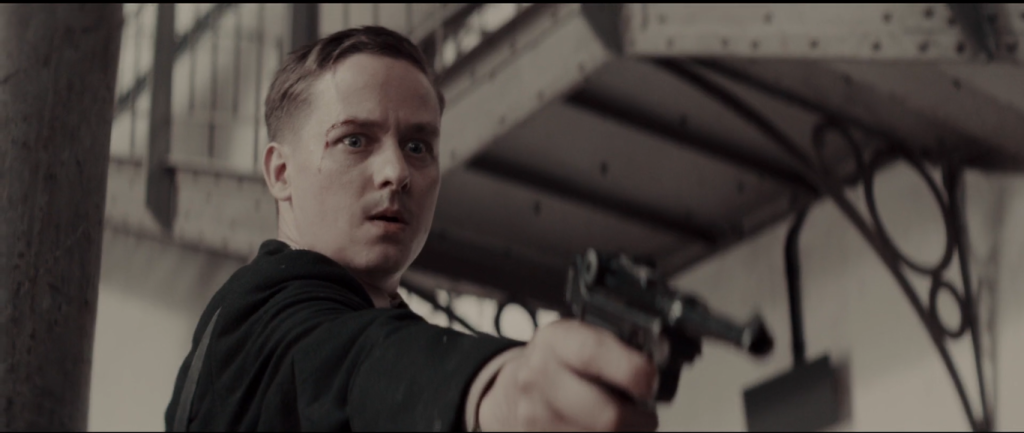
The predominant theme of the film revolves around the quest to retrieve something unlawfully confiscated. While the primary objective is to emerge victorious in the case, the film fails to convey a flawless narrative effectively. The film’s composition offers Maria Altmann a renewed perspective and provokes deep contemplation. The music playing in the background grabs your interest, while the filming style creates a tranquil atmosphere through its comforting hues. The film offers a few intense scenes of individuals chasing each other, yet it lacks a powerful and enduring conflict or hardship to engage and sustain viewers’ interest. The inherent simplicity of everything was intentional from the start, making it easy for everyone to comprehend. Through a meticulous analysis of the script and the characters’ transformative journeys, one can uncover aspects of the story that are subtle or nuanced. However, the main plot or storyline remains unchanged. We believe that Austria is responsible for the negative outcome. However, this statement from the film lacks coherence and logic.
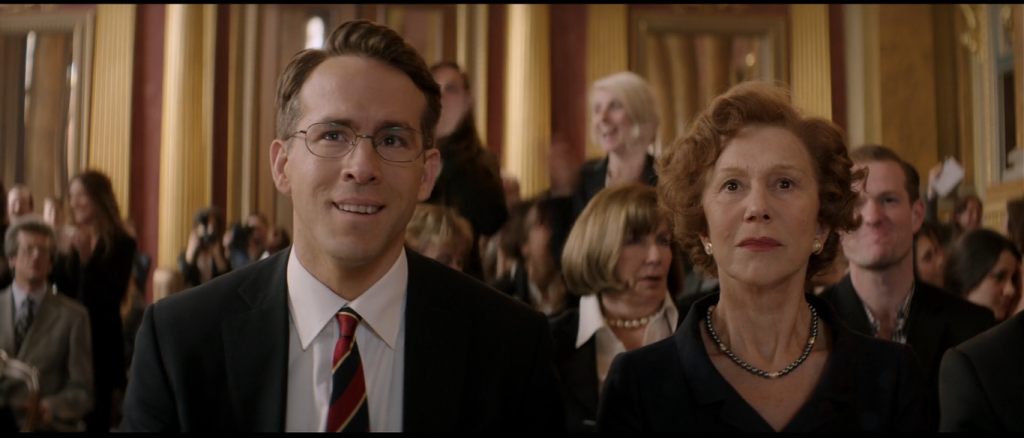
After winning her case, Altmann decided to claim the Bloch-Bauer portrait from the Belvedere Palace and eventually made a lucrative transaction with Ronald Lauder, who appears in a brief and unsettling scene. Just like Altmann herself, the Austrian masterpiece was sent to live in another country. The film emphasises that her battle was not about money. She said that it would be good to buy a new dishwasher. The filmmakers hope to observe the reactions of Austrians who have been unpleasant or unkind, which is their motivation. Envision a scenario where a distinct moment is portrayed in the exact location where the renowned artwork, “The Lady in Gold,” was previously exhibited. According to her, purchasing a new dishwasher would be a wise choice.

Contributor

